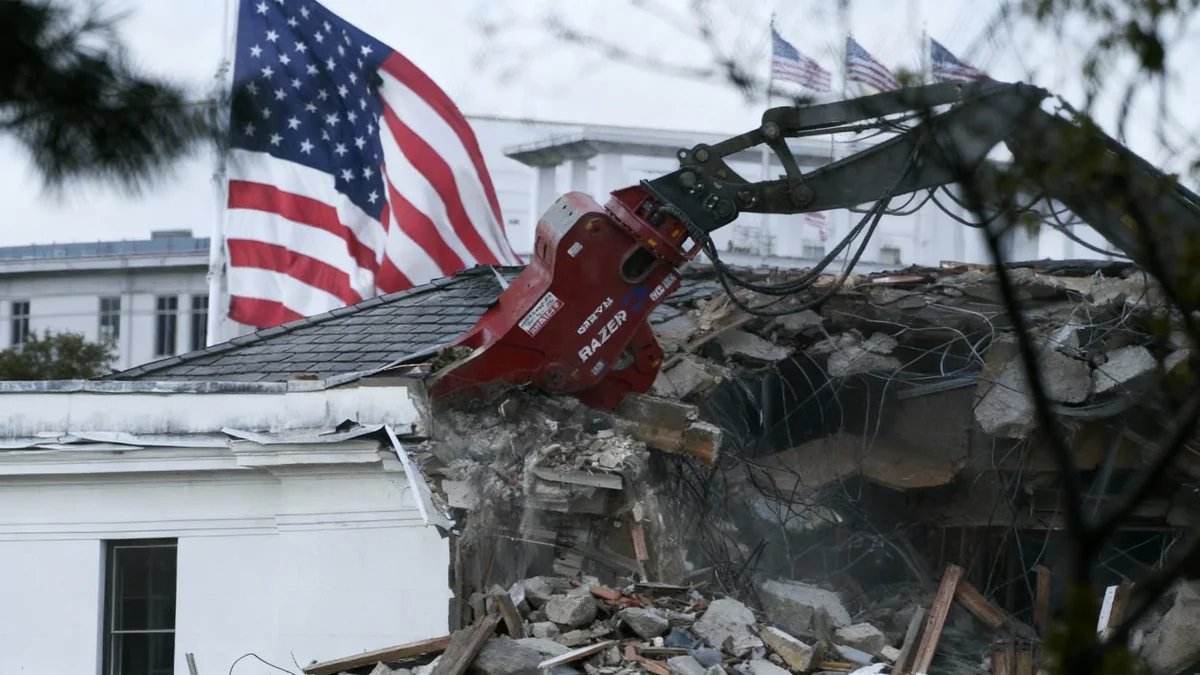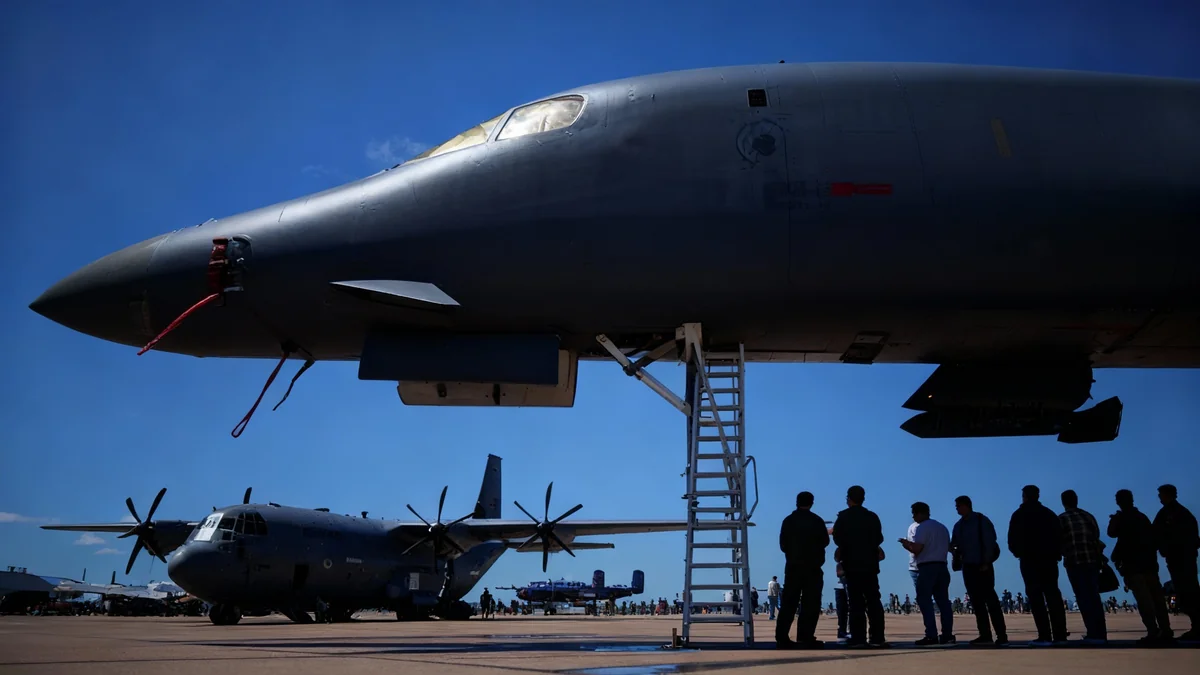The Department of Defense has released its contingency plan for a potential government shutdown beginning October 1, 2025. The guidance, issued on September 27, details which military and civilian personnel must continue working and confirms that active-duty service members will not receive paychecks during the funding lapse.
Key Takeaways
- Active-duty military personnel are required to report for duty but will not be paid during a shutdown.
- More than 334,000 Department of Defense civilian employees are set to be furloughed, representing just under half of the civilian workforce.
- Approximately 406,000 essential civilian and non-appropriated fund employees will continue to work.
- Six key departmental priorities, including border security and Middle East operations, will continue using previously allocated funds.
Impact on Military and Civilian Personnel
Under the contingency plan, all active-duty service members must report for duty as normal. However, their pay will be suspended for the duration of the shutdown. While Congress has historically approved back-pay for troops after funding is restored, this is not guaranteed.
The guidance provides a detailed breakdown of the civilian workforce. A total of 223,889 DOD civilians have been designated as essential and are required to report to work. These roles are deemed necessary for the protection of life and property.
Additionally, 182,684 employees paid through non-appropriated funds must also continue their duties. Their salaries are generated from sources like fees and surcharges, not congressional appropriations, making them exempt from the shutdown's direct funding halt.
Widespread Furloughs Expected
The plan indicates that more than 334,000 DOD civilians will be furloughed. This figure represents slightly less than half of the Pentagon's total civilian workforce of 741,477. The decision on whether these furloughed employees will receive back-pay will be made by Congress once the government reopens.
Civilian Workforce Impact by the Numbers
- Total DOD Civilians: 741,477
- Furloughed: Over 334,000
- Required to Work (Essential): 223,889
- Required to Work (Non-Appropriated Funds): 182,684
Continuity of Essential Operations
The Pentagon's guidance allows for the continuation of "excepted activities." These are defined as functions essential to national security, the protection of life and property, or those supporting the constitutional duties of the President. The document provides over 50 illustrative examples, including active military operations, intelligence gathering, recruiting efforts, and the operation of overseas commissaries and child care facilities.
A spokesperson for the Department of the Air Force confirmed it will not issue separate instructions, as the Pentagon's directive applies to both the Air Force and the Space Force.
"Yes, essential personnel will still be required to report to work. But they will do so unsure when they will receive their next paycheck... That shouldn’t include working without a paycheck."
New Departmental Priorities Identified
A notable addition to this year's contingency plan is the identification of six specific departmental priorities that will continue despite a shutdown. Work on these initiatives will be sustained using available funds, including money allocated in a reconciliation bill passed by Congress over the summer.
Six Key Priorities to Remain Funded
- Operations to secure the U.S. Southern Border
- Ongoing Middle East operations
- The "Golden Dome for America" initiative
- Depot Maintenance activities
- Shipbuilding programs
- Production of Critical Munitions
According to the guidance, these priority areas have access to tens of billions of dollars in existing funds, which will allow related activities to proceed without interruption. This includes billions designated for the Air Force and Space Force.
Broader Effects on Military Functions
Even with protections for essential activities, a government shutdown would cause significant disruptions across the Department of Defense. Beyond the financial strain on service members and their families, a shutdown would impose operational limitations.
Temporary duty travel (TDY) for military personnel would be severely restricted to only mission-critical assignments. Similarly, permanent change of station (PCS) moves for military families would be limited, causing uncertainty for those scheduled to relocate.
Furthermore, a shutdown would halt the start of new programs, similar to the restrictions under a continuing resolution. Officials could not immediately provide a specific list of affected programs, but the delays could impact modernization and readiness efforts. The delivery of new weapons platforms and equipment could also be delayed as contractors and supply chains are affected.
Historical Context of Government Shutdowns
The U.S. government last experienced a partial shutdown from 2018 to 2019, which lasted a record 34 days. However, the Department of Defense was not affected at that time because its appropriations bill had already been passed by Congress. The last time the military was directly impacted by a funding gap was in January 2018, though that shutdown lasted only two days. The potential duration of the current stalemate remains uncertain, with some analysts predicting a prolonged period of negotiation.





